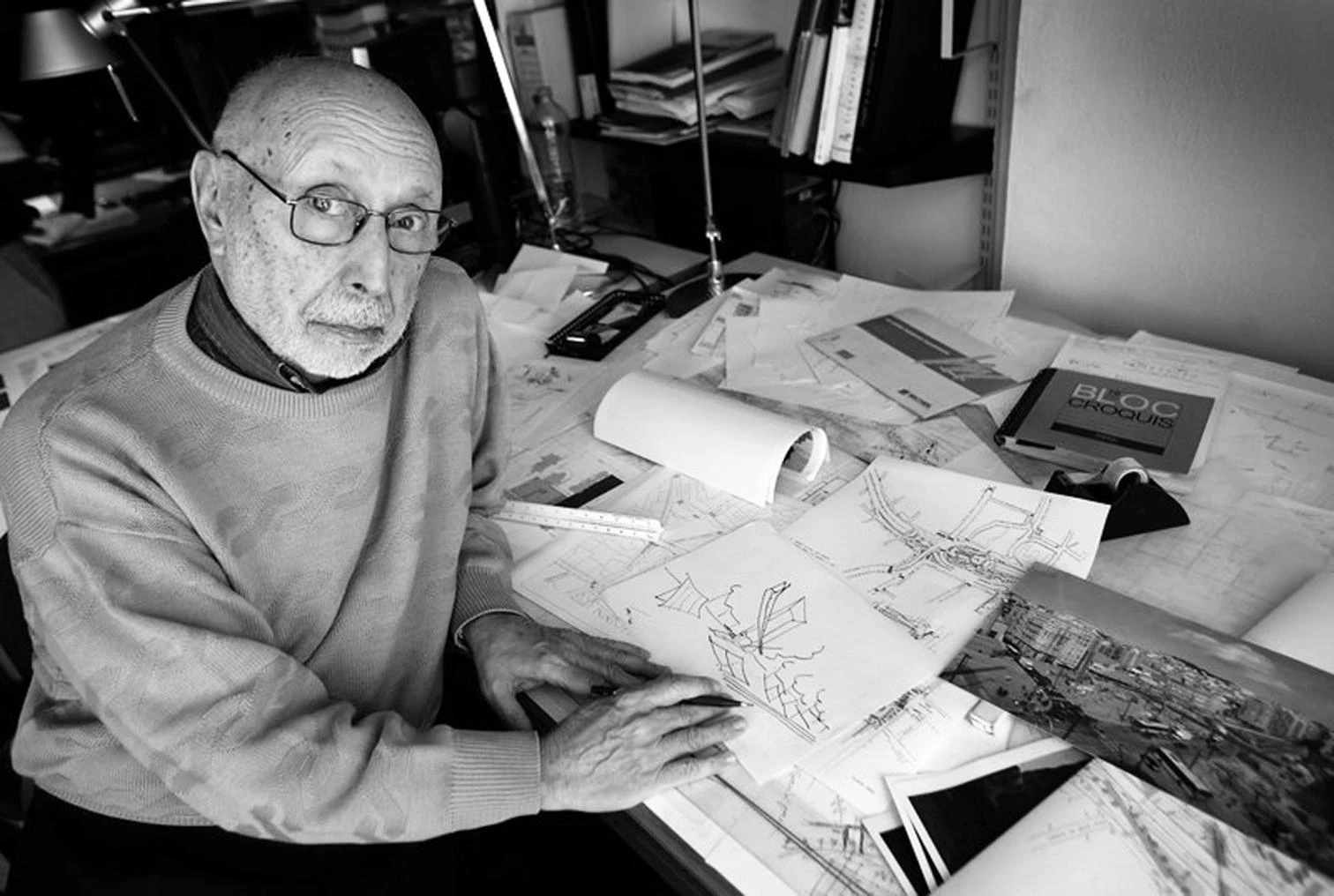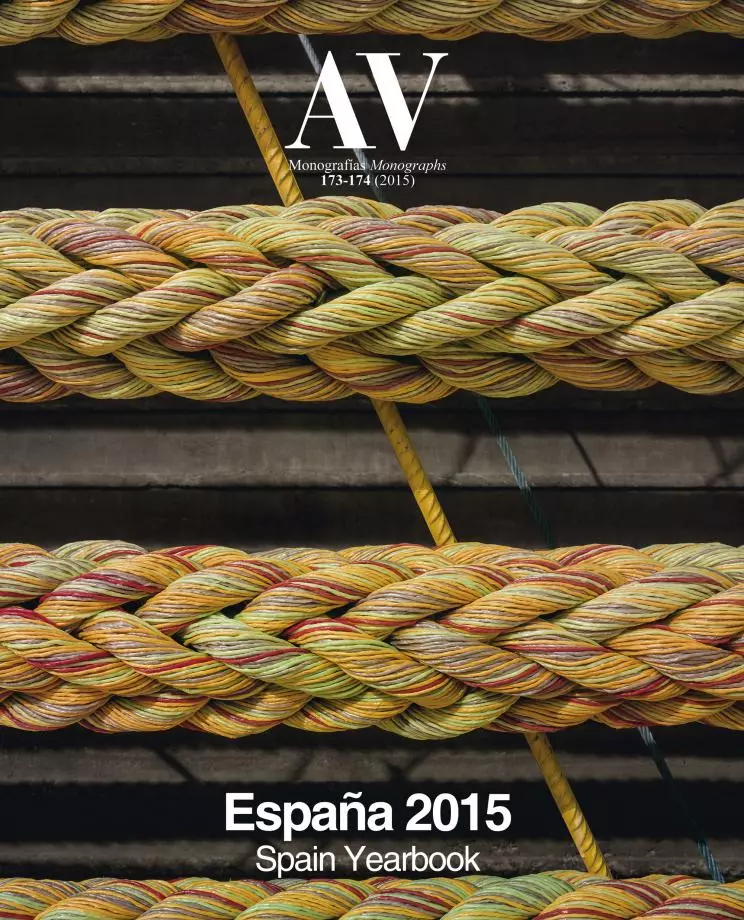
1933-2014
Albert Viaplana is the author of some of the main landmarks of contemporary Barcelona, though this is probably not so well known to those unrelated to the field. His career – with Helio Piñón between 1974 and 1997, and later on his own – left a strong imprint on the city, not only because of its clear innovative approach, but because of his way of understanding public space, with no concessions to capitalism, but to popular taste neither. Born in Barcelona in 1933, Viaplana began his career building housing, the eclectic language of which evidenced the Mediterranean modernity of the School of Barcelona, but his conceptual search found its most noteworthy expression in larger projects, like the squares of Països Catalans (1983) or Lesseps (2001) – whose abstraction sparked public controversy – or in what might be his best work, the Centre de Cultura Contemporània de Barcelona (1993). That was a time when his work – a referent inside and outside Catalonia – was endorsed in the academic field, because since 1988 Viaplana was an influential and exemplary figure at the Barcelona School of Architecture, where we was chair professor of Architectural Design.





